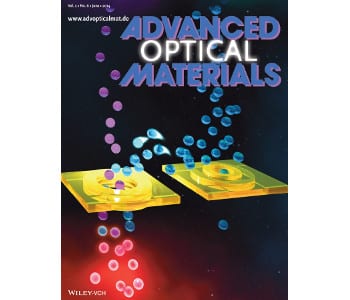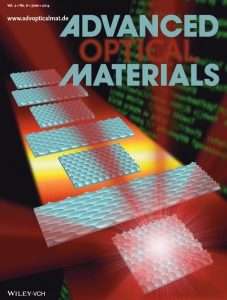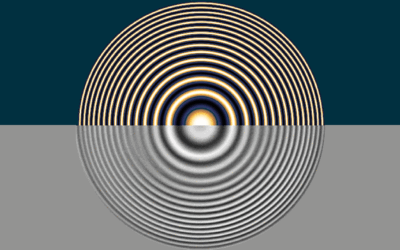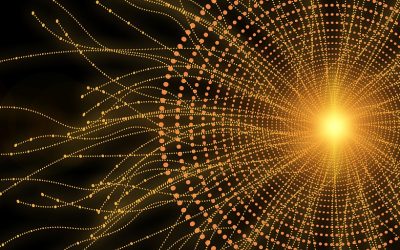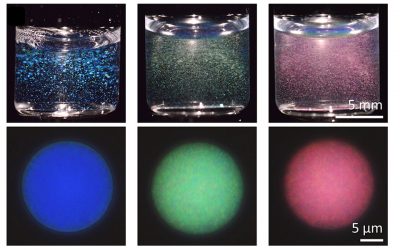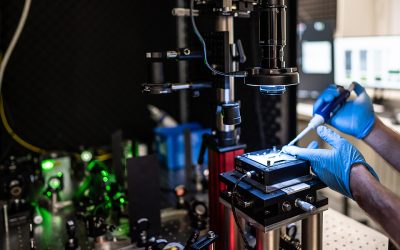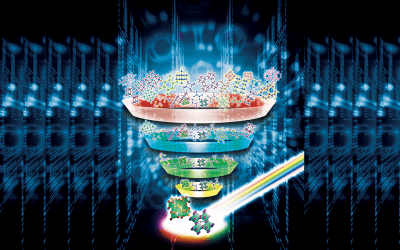 The latest issue of Advanced Optical Materials is now available. Don’t miss out: take advantage of the current free access to all Advanced Optical Materials articles by signing up here!
The latest issue of Advanced Optical Materials is now available. Don’t miss out: take advantage of the current free access to all Advanced Optical Materials articles by signing up here!
These articles were highlighted on the covers of the Advanced Optical Materials June issue:
The initial ratio between the singlet and triplet excitons should be 1:3 according to spin statistics. Highlighted on the front cover, B. Yang, Y. Ma, and co-workers describe how a very small singlet–triplet energy split between S2 and T2 with a dominant charge-transfer character and a large energy gap between T1 and T2 could cause reverse intersystem crossing along the ‘hot exciton’ charge-transfer state channel of T2→S2, resulting in a high singlet exciton ratio of >25%.
Photonic Crystals
Thermoresponsive shape-memory photonic nanostructures are developed by M. C. Serrano and co-workers by imprinting a surface nanopattern on shape-memory elastomers, incorporating programmable optical properties that can be modulated or erased. A programming cycle is  represented in our inside cover image, where a piece of nanopatterned elastomer is sequentially subjected to uniaxial stretching and restored to its initial shape. Temperature acts as the external stimulus for triggering this shape-memory effect and light diffraction is analyzed to probe its programmable character.
represented in our inside cover image, where a piece of nanopatterned elastomer is sequentially subjected to uniaxial stretching and restored to its initial shape. Temperature acts as the external stimulus for triggering this shape-memory effect and light diffraction is analyzed to probe its programmable character.
Plasmonics
Perfect light confinement in hollow, high-aspect-ratio, plasmonic U-shaped cavities is highlighted on the back cover by J.-J. Delaunay and co-workers through the coupling of the cavity ridge hot spots with scalable mirrored surface plasmon U-cavity resonances. Light is fully trapped in intense optical vortices and confined on the extended cavity surfaces, thus accumulating energy in tunable, strong, and sharp resonances that generate sensitive reflectance dips.

